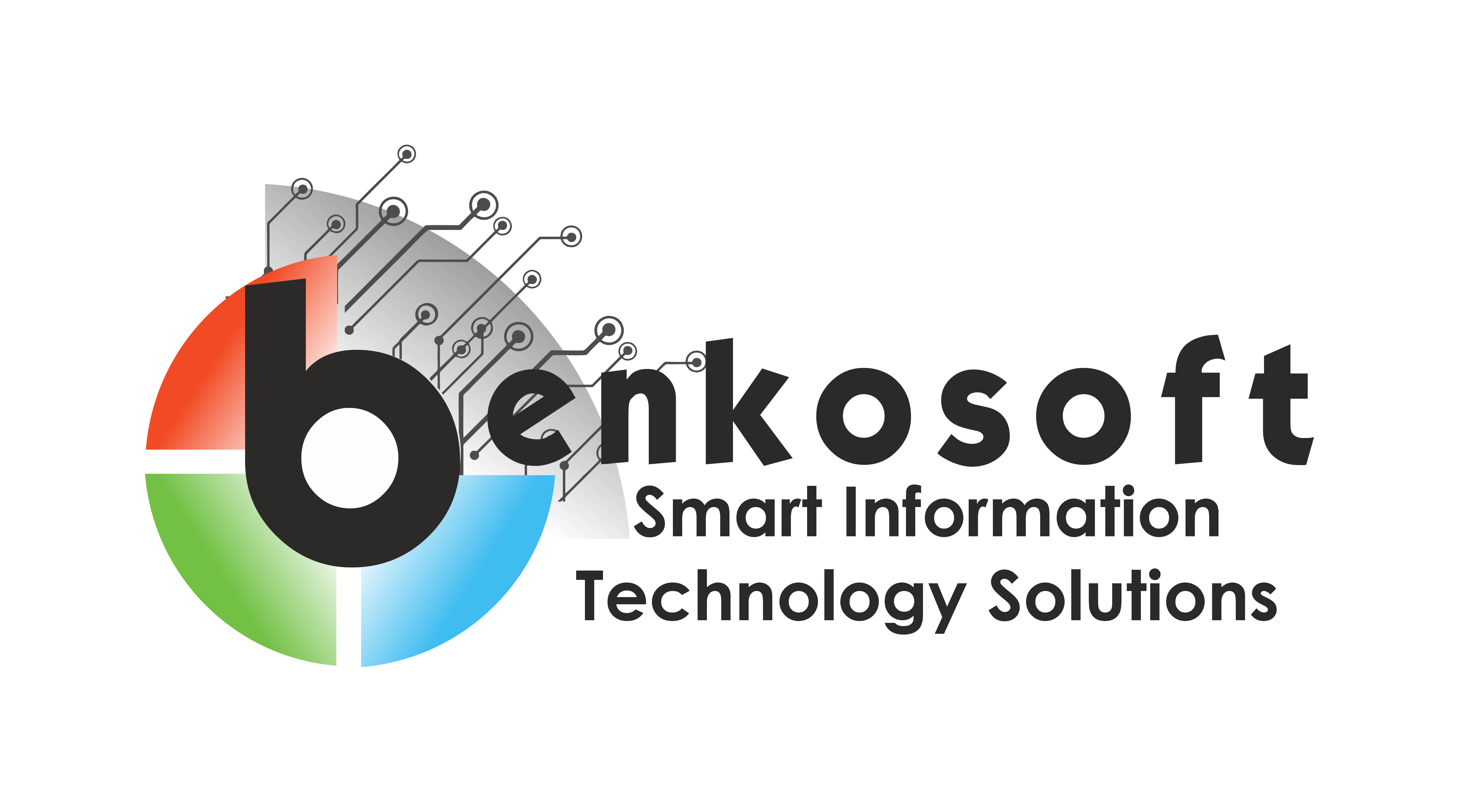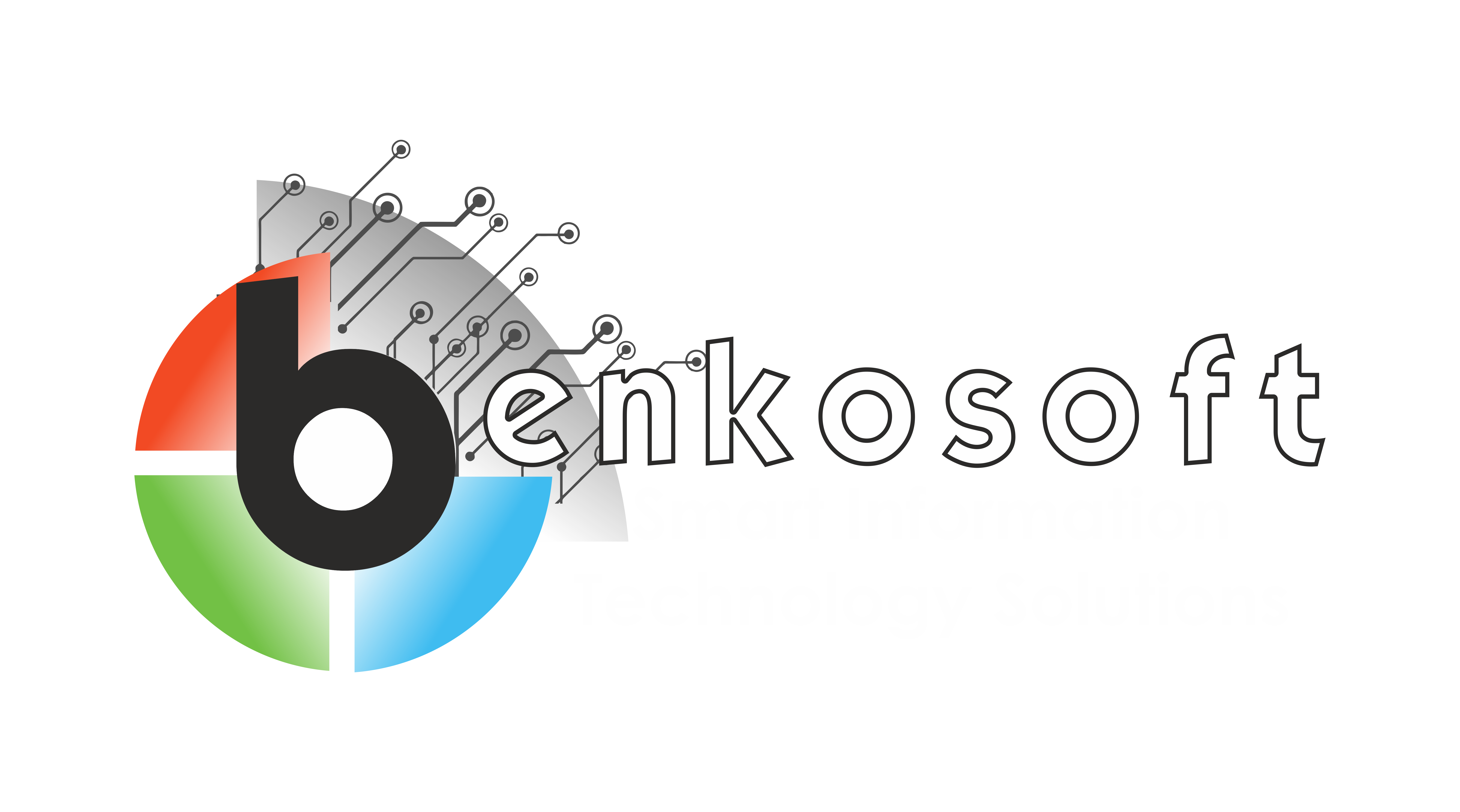Technologies
CakePHP
CakePHP is an open-source web framework for PHP, modeled after the concepts of Ruby on Rails. It follows the model-view-controller (MVC) approach and provides a structured framework that enables developers to create robust web applications rapidly. CakePHP was first released in 2005 and has since evolved into a mature and feature-rich framework used by developers worldwide.
One of the key features of CakePHP is its convention over configuration approach. This means that CakePHP makes assumptions about how your application is structured, reducing the need for configuration files and allowing developers to focus more on writing code. For example, CakePHP assumes that database tables are named and structured in a certain way, making it easy to interact with them using the framework’s built-in ORM (Object-Relational Mapping) features.
CakePHP also includes a powerful scaffolding system that can automatically generate code for basic CRUD (Create, Read, Update, Delete) operations based on your database schema. This can save developers a significant amount of time when building simple applications or prototypes.
Another key feature of CakePHP is its built-in validation and security features. CakePHP includes a set of validation rules that can be applied to form data, helping to ensure that only valid data is saved to the database. CakePHP also includes features for handling cross-site request forgery (CSRF) protection, SQL injection prevention, and other security concerns, making it a secure choice for building web applications.
CakePHP also provides a number of other features that make development easier and more efficient. These include built-in support for internationalization and localization, caching, and error handling. CakePHP also has a strong community of developers who contribute plugins, themes, and other extensions to the framework, further extending its functionality.
In conclusion, CakePHP is a powerful and feature-rich web framework for PHP that provides a solid foundation for building modern web applications. Its convention over configuration approach, scaffolding system, and built-in validation and security features make it a popular choice among developers for building a wide range of web applications.

